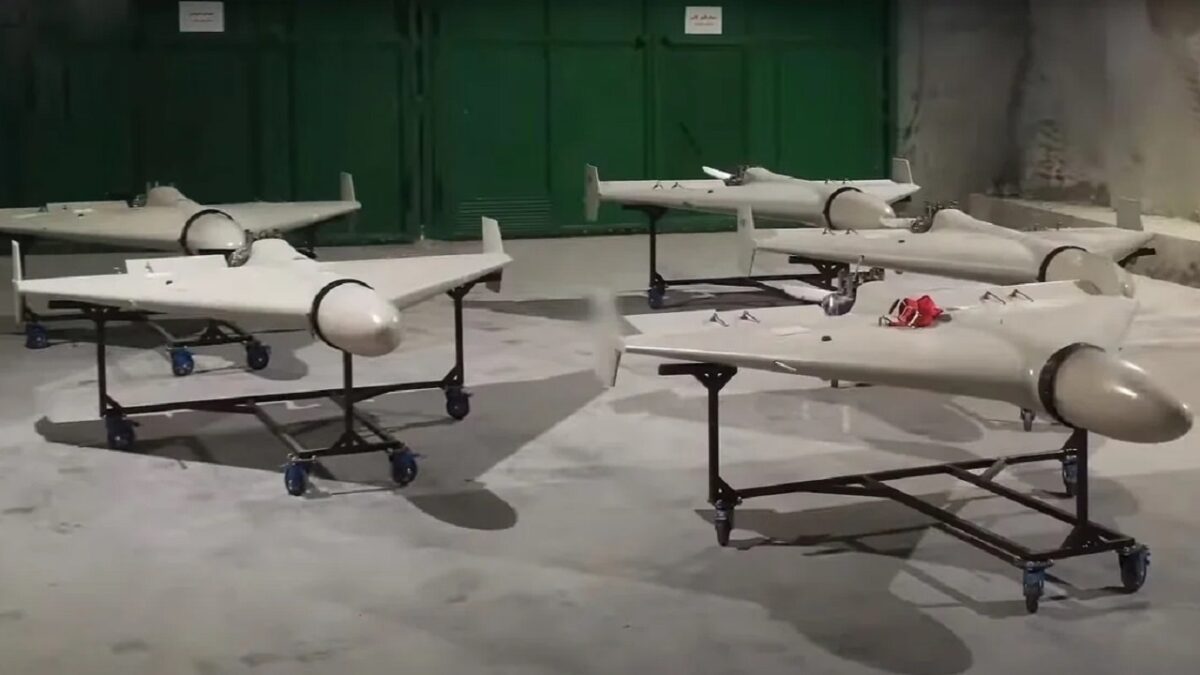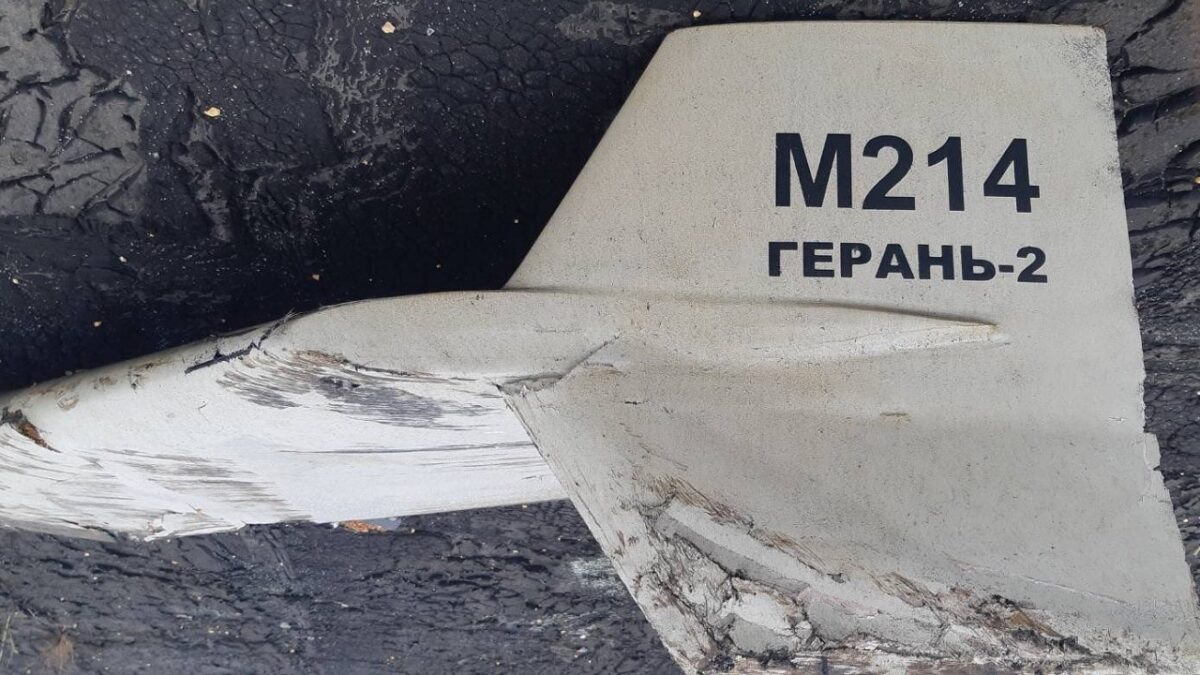Jack Buckby

New deliveries of Iranian drones and missiles to Russia not only pose a threat to Ukraine in the short term but could be part of a ploy by Russia to weaken Ukraine in preparation for a future attack; that’s the message from experts this week.
The rumored strategy was revealed after Iran reportedly promised to provide Russia with surface-to-surface missiles and yet more drones, according to two Iranian diplomats who spoke to Reuters last week.
The news comes after Iran initially denied that drones were being sent to Russia for use in Ukraine and follows weeks of drone strikes in Ukraine by Russian forces hoping to hinder the Ukrainian counter-offensive’s progress.
The officials confirmed that a deal was agreed on October 6 when Iranian First Vice President Mohammed Mokhber visited Moscow for talks with Russia alongside senior officials from the Supreme National Security Council and Iran’s Revolutionary Guards.
“The Russians had asked for more drones and those Iranian ballistic missiles with improved accuracy, particularly the Fateh and Zolfaghar missiles family,” one Iranian diplomat said of the trip.
The drones couldn’t come soon enough for Russia, either. Ukrainian Defense Minister Oleksii Reznikov confirmed in mid-October that Russia had approximately 300 Iranian drones left in its arsenal, and that “several thousand more” would soon be purchased by the Kremlin.
Reznikov expressed confidence that Ukraine was capable of handling the onslaught of drone attacks, however, noting that the Ukrainian military knows “how to shoot them down.”
“We are doing so and studying them,” he said, highlighting a major problem for Ukraine; Russia is forcing Ukrainian forces to use up their supply of Western-supplied missiles and ammunition at a quicker rate than before.
A Ploy to Use Up Ukraine’s Missile Supply?
Russia benefits from using Iranian attack drones in at least two ways. According to Kyrylo Budanov, the head of the Ukrainian Ministry of Defense’s Chief Intelligence Directorate, some 30% of Iranian Shahed drones have hit their targets in Ukraine.
Those 70% of failed strikes may cost Russia financially but also weakens Ukraine by forcing its military to use up its supply of missiles more quickly.
A report by Ukrainian independent news outlet The Kyiv Independent highlighted how Russian forces were not only forcing Ukraine to use up its supply of Western-supplied missiles but also how Russian forces are attempting to “jam up” Ukraine’s air defense grid.
“Russia sometimes uses the tactic of sending multiple loitering munitions simultaneously with powerful missiles, trying to jam up the air defense grid, improving the chances of striking at least one stationary target,” the outlet notes.
A combination of an improved likelihood of missiles striking their intended targets and forcing Ukraine to use up its supply of missiles could prove hugely beneficial to Russian forces as reservists and new conscripts arrive in eastern Ukraine but could also help set the stage for a new full-scale offensive starting in the new year.
Cheap and easy to replace, costing around $30,000 each, Iranian loitering munitions could be the secret weapon Russia needs to weaken Ukraine in anticipation of new attacks.
Russia Planning Major Offensive?
Two unnamed sources close to the Kremlin revealed in mid-October that Russian President Vladimir Putin is considering a return to peace negotiations that ended in the spring not in the expectation that they will succeed – though he would certainly take a deal on his terms – but to catch Ukraine by surprise with a new full-scale offensive in the new year.
The sources described Russian authorities created a “tactical option” whereby Ukraine will agree to a peace treaty, and the Kremlin organizes a ceasefire through cooperation between thetwo opposing militaries without the involvement of either country’s president. The same sources, however, suggested that Putin doesn’t have any real plans to end the war and believes that the ceasefire could be used to launch a new offensive in February or March of 2023.

Shahed-136. Image Credit: Social Media.
For the plan to work, however, it would require Ukrainian authorities to agree to a peace deal in the first place – and with both presidents determined not to let go of any claims to Ukrainian territory, that doesn’t seem likely.
According to a source from Ukrainian President Volodymyr Zelenskyy’s office, Kyiv is willing to return to negotiations but not if the Russian president is involved.
“We’ll be ready for negotiations with Russia, though not with Putin, but with his replacement,” the source told Meduza, underscoring Kyiv’s commitment to not only winning the war but forcing Putin to either resign or be removed from office.
Kyiv appears to be aware of Russia’s intended strategy, too, with Zelenskyy advisor Mykhailo Podolyak also telling Meduza that a ceasefire would give Russia a “chance to fix a de facto new line of separation and hastily dig up Russians in the temporarily occupied territories.”
Russia’s use of Iranian drones may well weaken Ukraine, though without an agreement to a ceasefire, Russia may not have enough of an advantage to make a new offensive successful – assuming that Ukraine continues to receive military aid from the West.
No comments:
Post a Comment